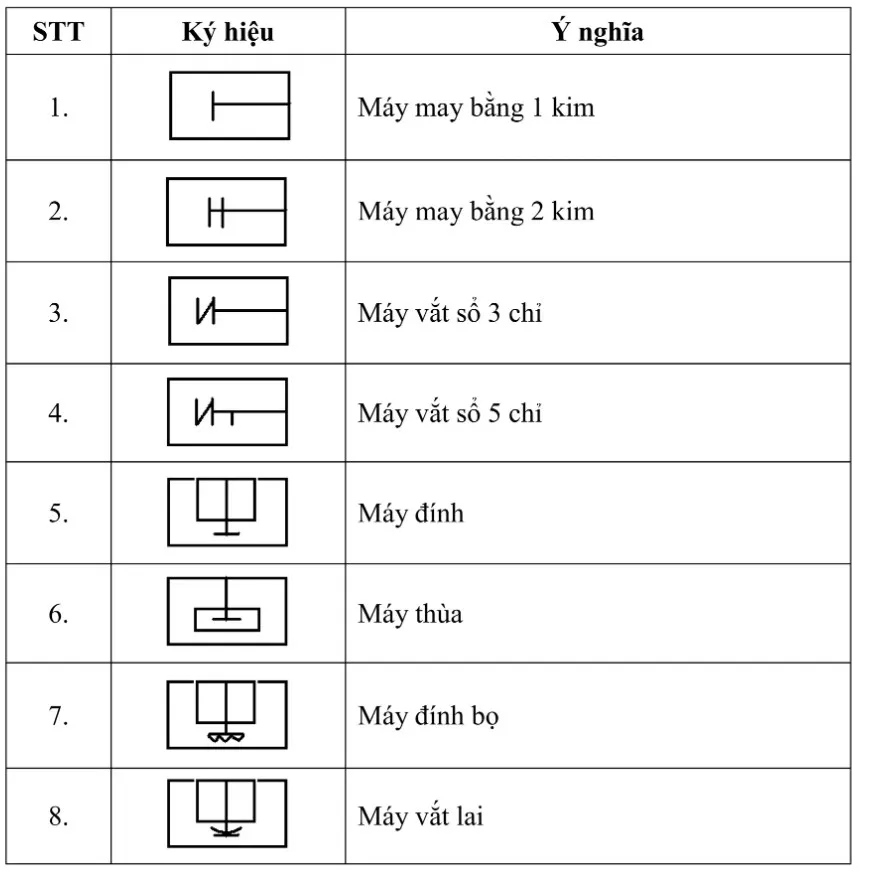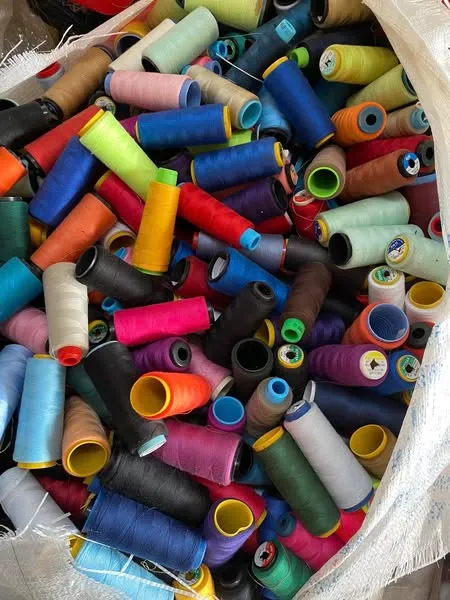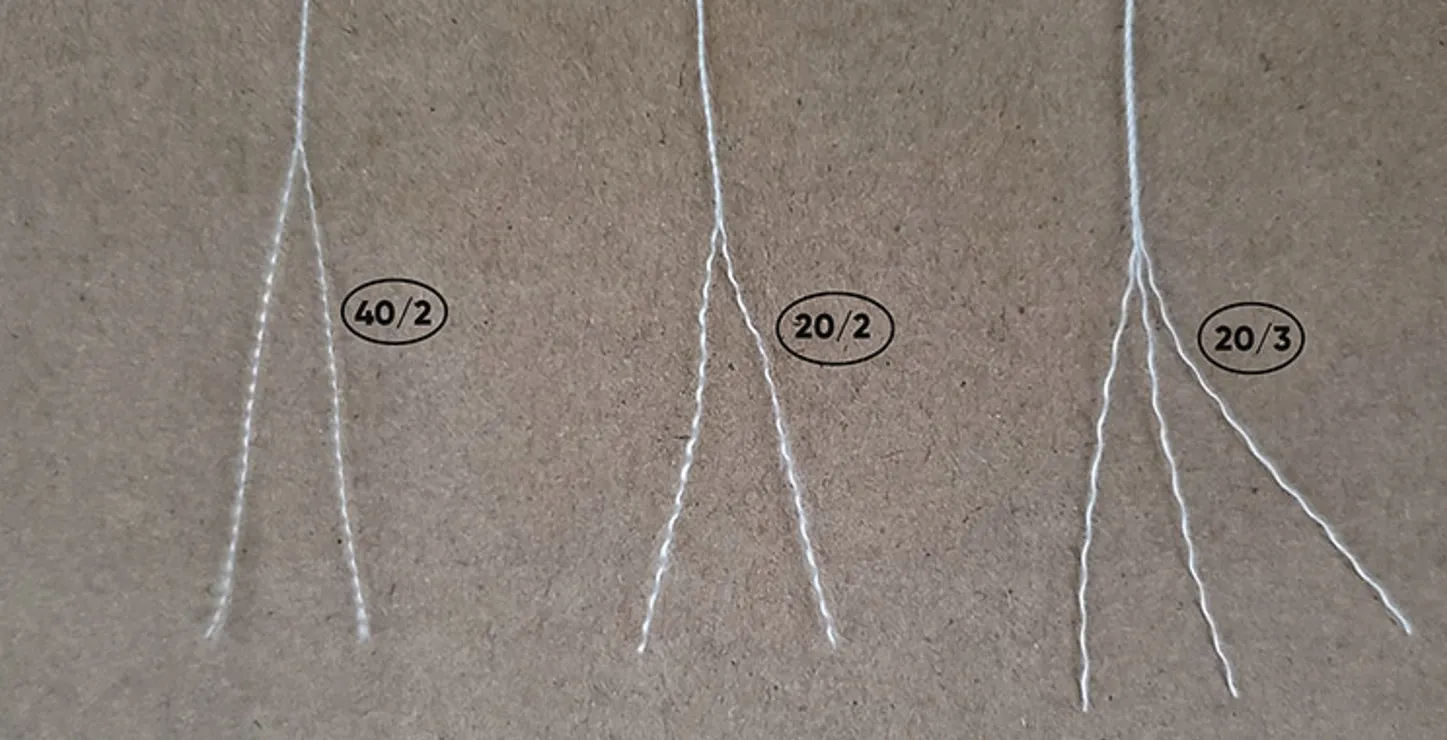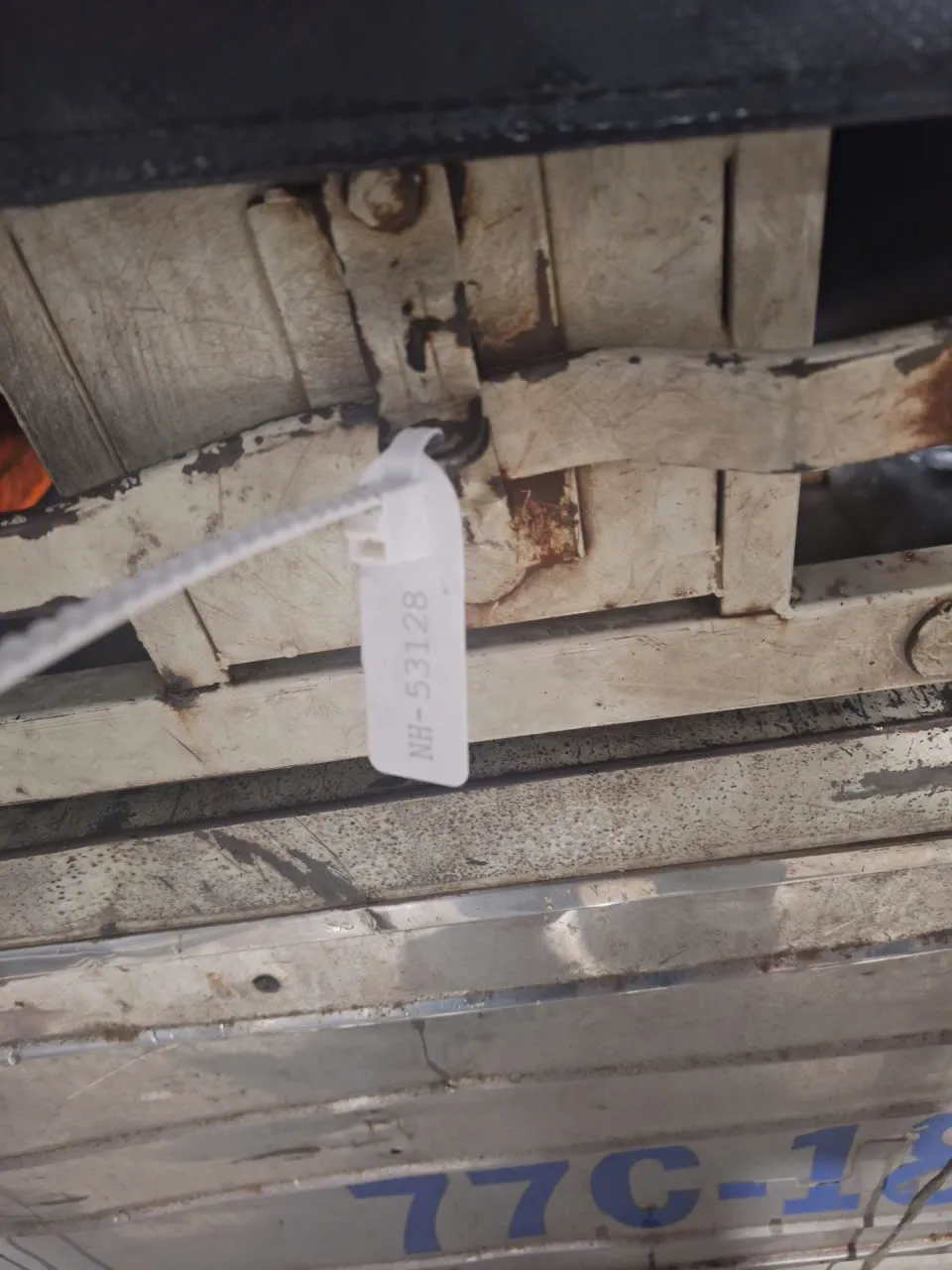
In international garment exports, container security is a top priority. Every shipment that leaves the factory represents a company’s reputation, product quality, and customer trust. One of the most important safeguards in this process is the container seal, which ensures goods remain untouched during transport. Understanding how to check and confirm seal integrity helps manufacturers maintain safety and transparency across the supply chain. This guide explains the V.V.T.T inspection method, a simple yet effective process widely used in the garment industry.
Seal Inspection Procedure (V.V.T.T Method)
Purpose and Importance of Seal Inspection
Before any container is shipped, the seal serves as the final line of defense against tampering. It keeps the cargo inside safe and ensures that no one can access it without authorization. For garment exporters, this is especially important because each shipment often contains thousands of finished products bound for international buyers. A small mistake or missing seal could lead to costly claims, delays, or even rejected shipments. Therefore, checking the seal properly helps protect both the goods and the company’s reputation.
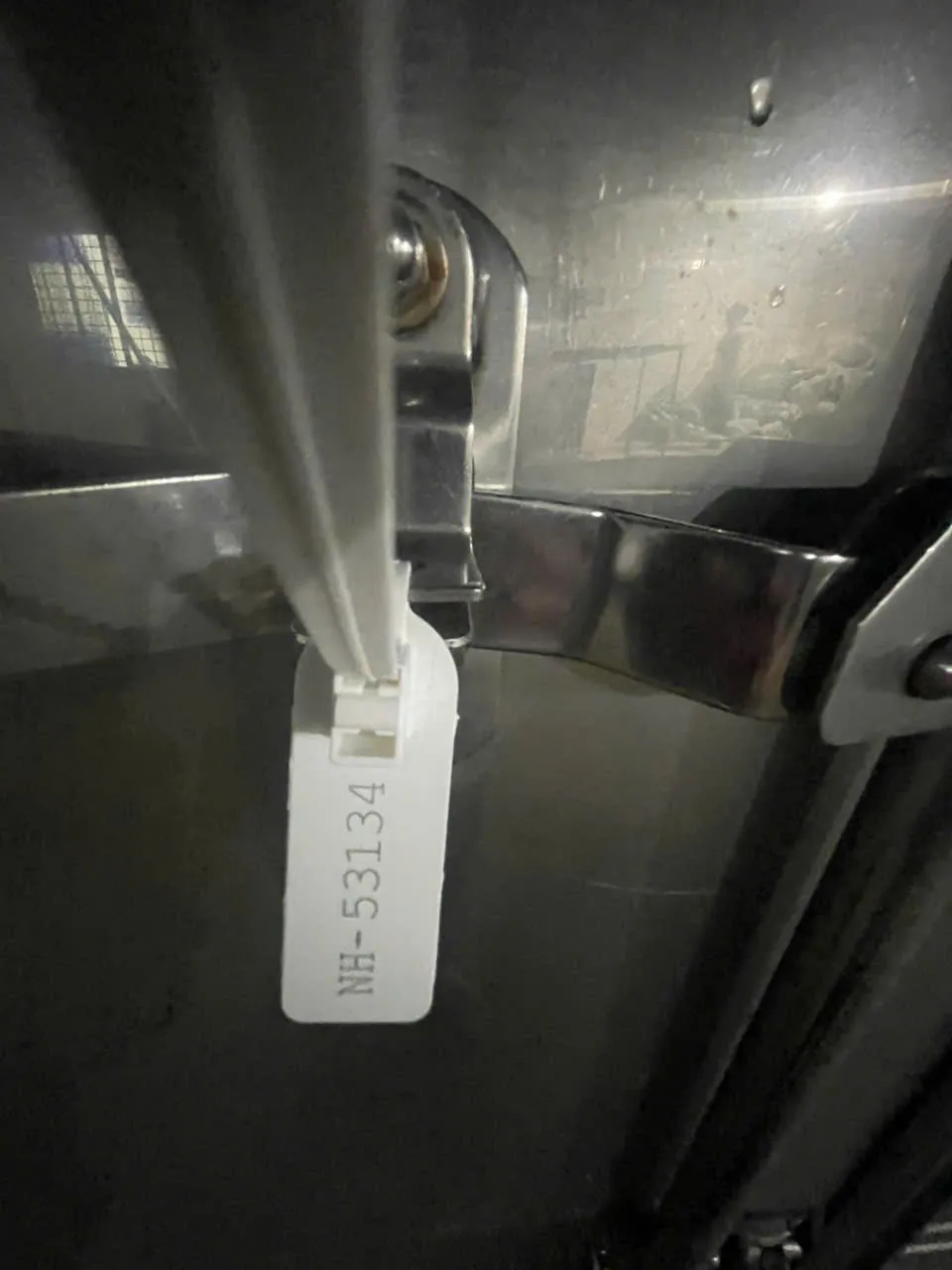
A seal is a critical device in international shipping, ensuring cargo safety inside the container. Seal inspection before loading and during transit helps to:
- Prevent loss or substitution of goods.
- Detect early signs of tampering or damage.
- Maintain transparency, safety, and compliance throughout the supply chain.
Seal Inspection Method Based on the V.V.T.T Principle
To make seal inspection more consistent and reliable, the garment industry applies the V.V.T.T method—a practical set of steps designed for clarity and accuracy. Each step focuses on a specific action: looking, verifying, pulling, and twisting. This ensures the seal not only appears intact but also functions correctly under stress. The method is easy to remember and follow, even in busy loading environments. It allows staff to complete inspections quickly while meeting international shipping standards.
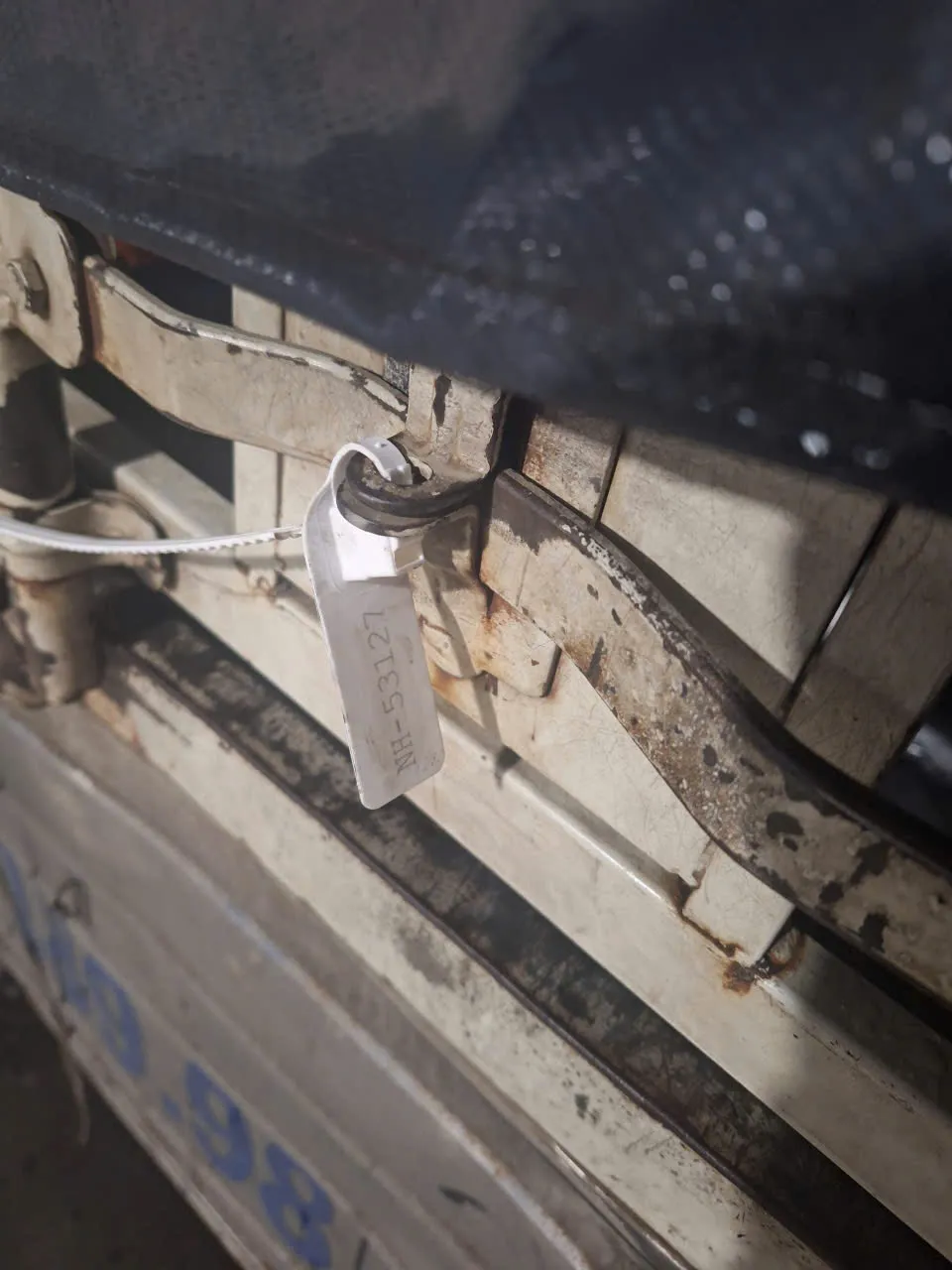
| Step | Meaning | Action | Objective |
|---|---|---|---|
| V – View (Visual Check) | Observe directly | Inspect the external condition of the seal and container lock. | Ensure no visible damage or tampering. |
| V – Verify (Reconciliation) | Cross-check seal number | Compare the seal number with the shipping documents. | Confirm authenticity and consistency. |
| T – Tug (Pull Down) | Check firmness | Pull the seal firmly downward. | Ensure the seal is locked tight and not loose. |
| T – Twist & Turn (Spin Test) | Test durability | Twist and rotate the seal. | Confirm it cannot be removed or manipulated. |
Seal Verification and Confirmation Procedure
Once the seal passes all four V.V.T.T steps, the next stage is documentation and verification. This part is just as important as the physical inspection itself. Accurate recording helps trace every shipment and provides clear proof that the container was sealed correctly. In case of disputes or inspections at the port, these records serve as trusted evidence. A well-documented verification process builds confidence with logistics partners and international customers. After the inspection is complete:
- Record the seal number accurately on the shipping documents.
- Photograph the seal clearly for proof and documentation.
- Have the logistics supervisor or representative sign off the inspection form.
- Keep all records for future verification if any dispute arises.

This verification process ensures full traceability and builds trust with customers and partners.
Conclusion
In global garment trade, every small detail counts, and the seal is no exception. It’s a small object with a big responsibility: safeguarding the integrity of an entire shipment. When properly inspected, it guarantees peace of mind for both the manufacturer and the buyer. The V.V.T.T method offers a simple yet effective routine that can be trained and applied easily by factory teams. By following this procedure, companies ensure their shipments remain secure, professional, and fully compliant with international logistics standards. Seal inspection is not just a technical formality — it is a critical part of international shipping security. By applying the V.V.T.T method, garment manufacturers can ensure every container is safely sealed, transparent in handling, and fully compliant with global logistics standards.

